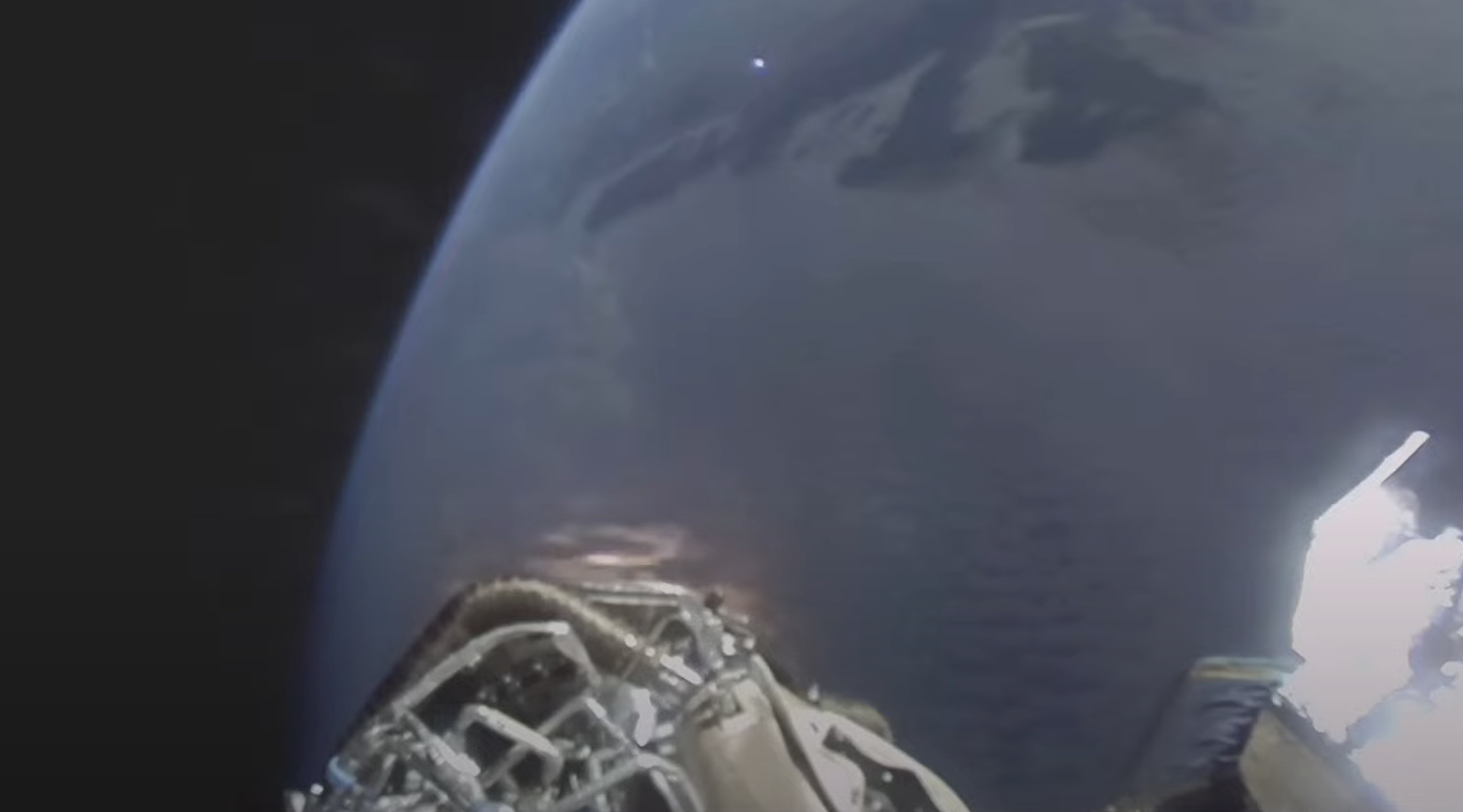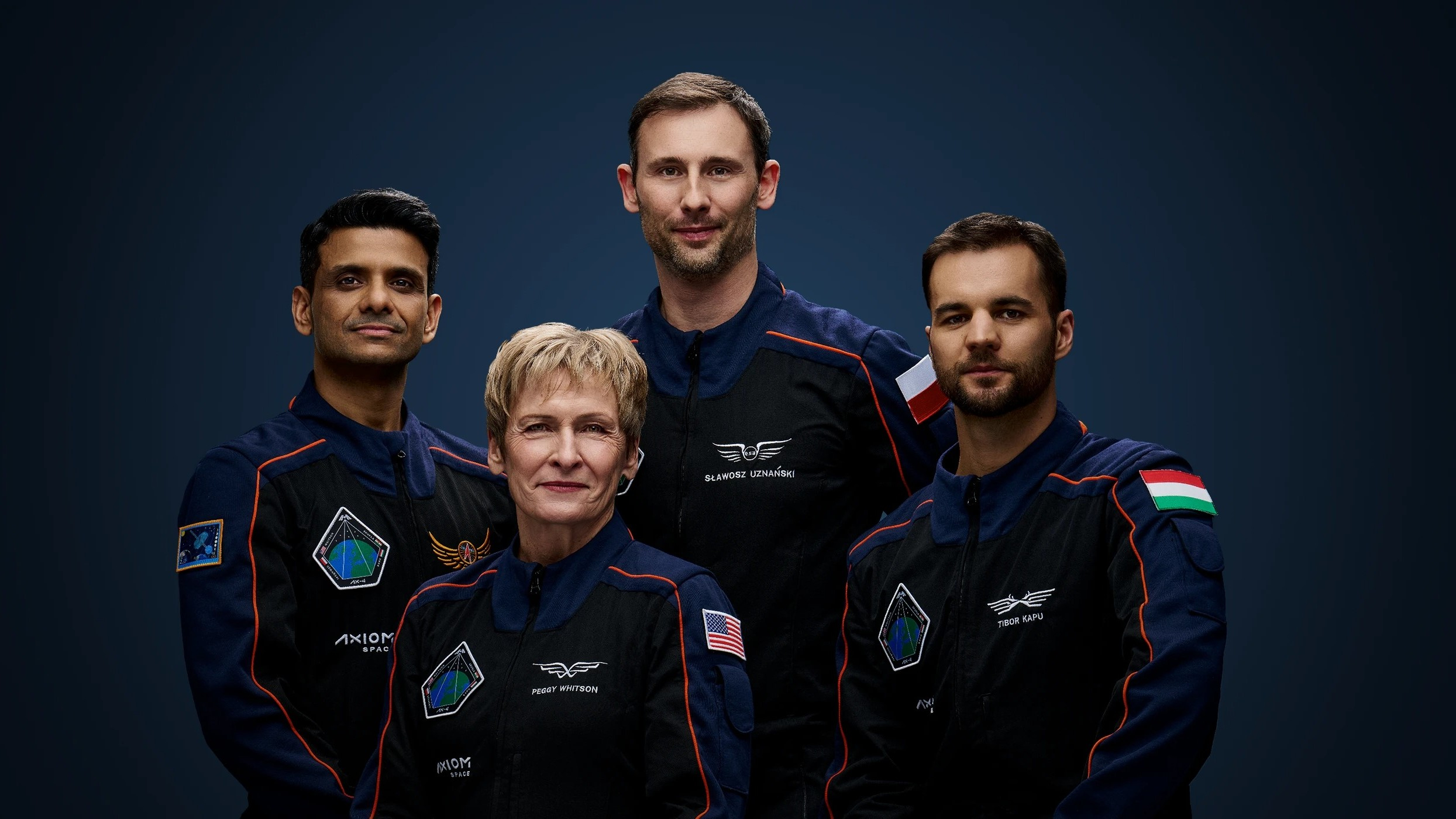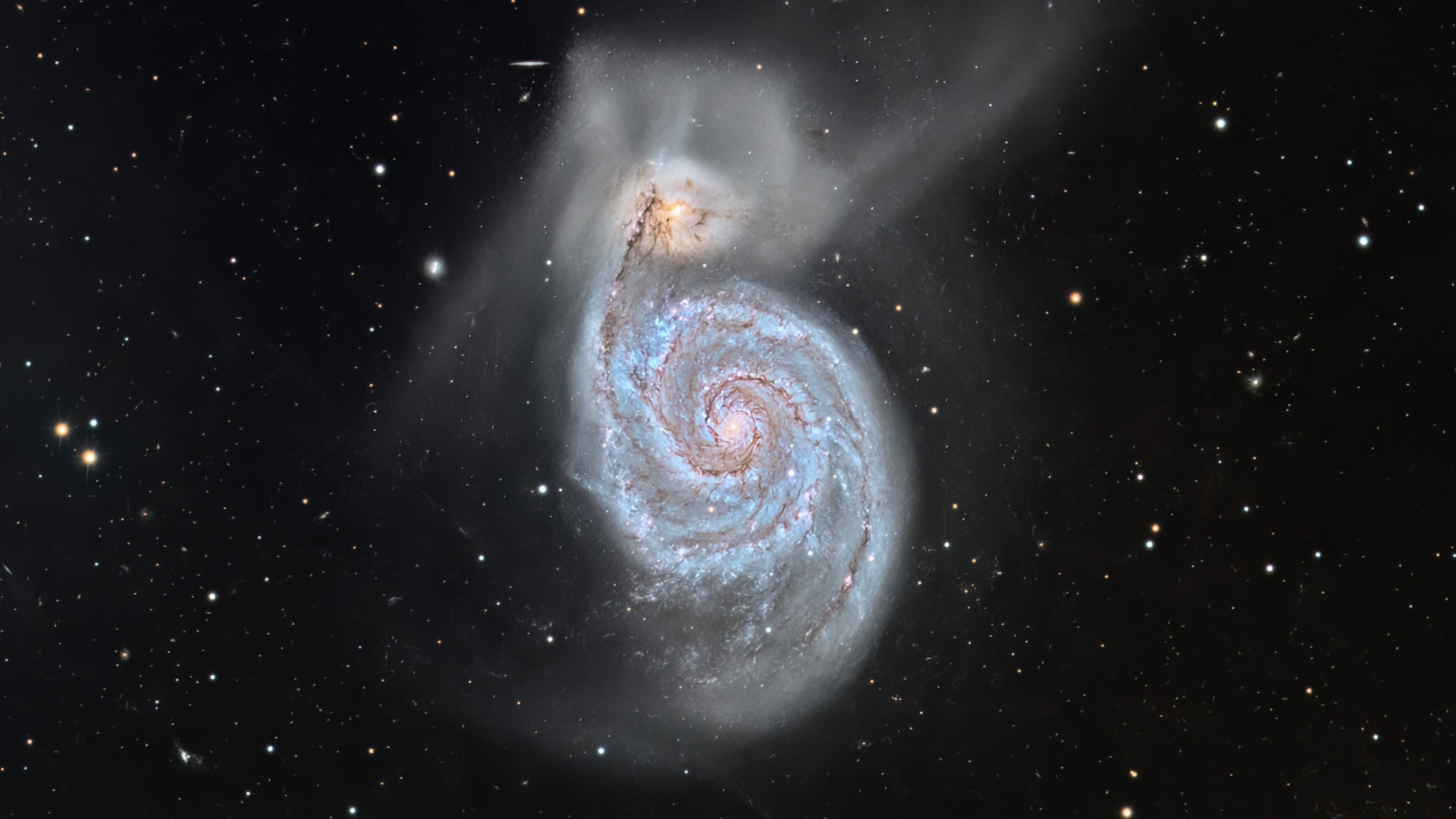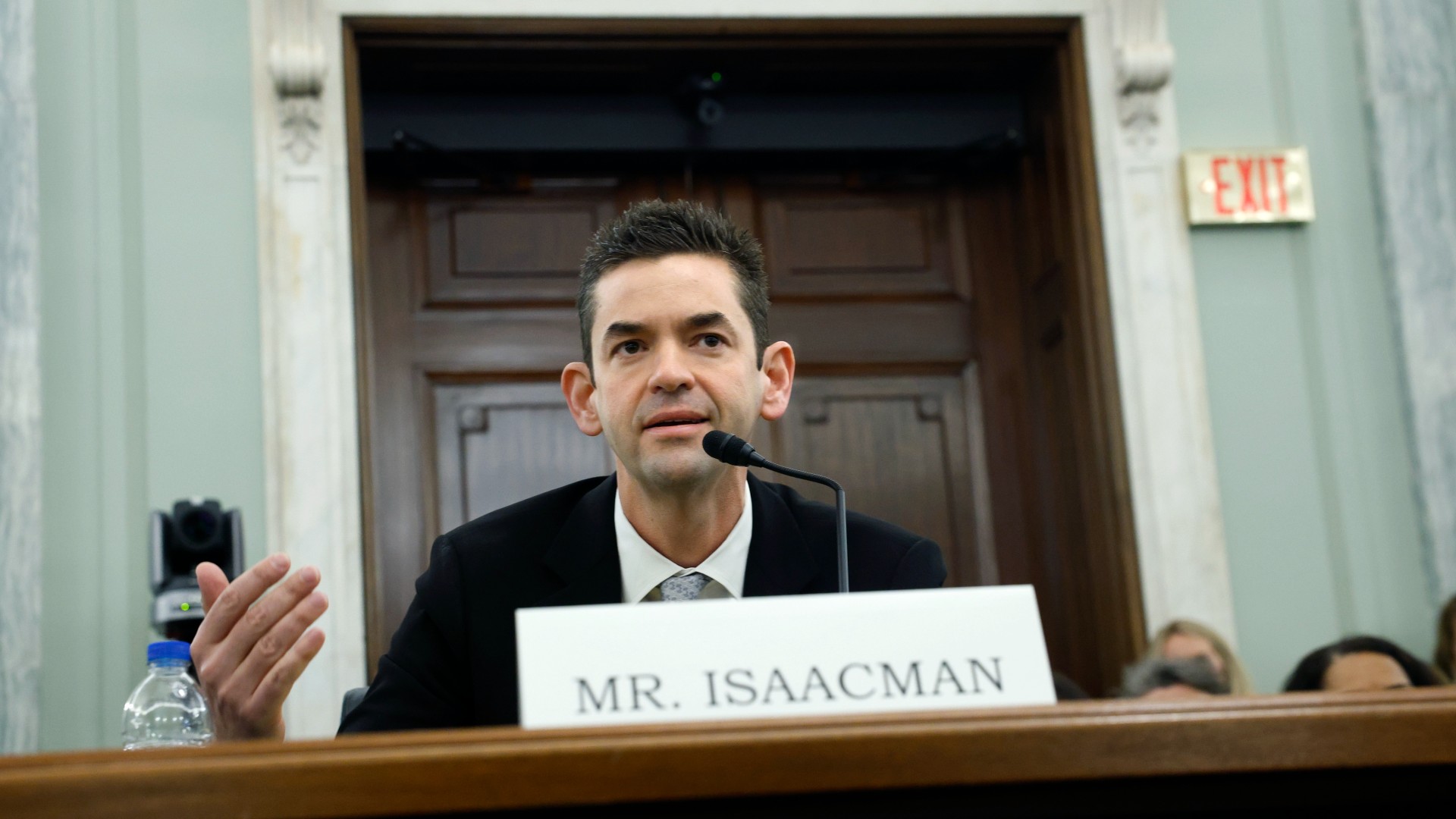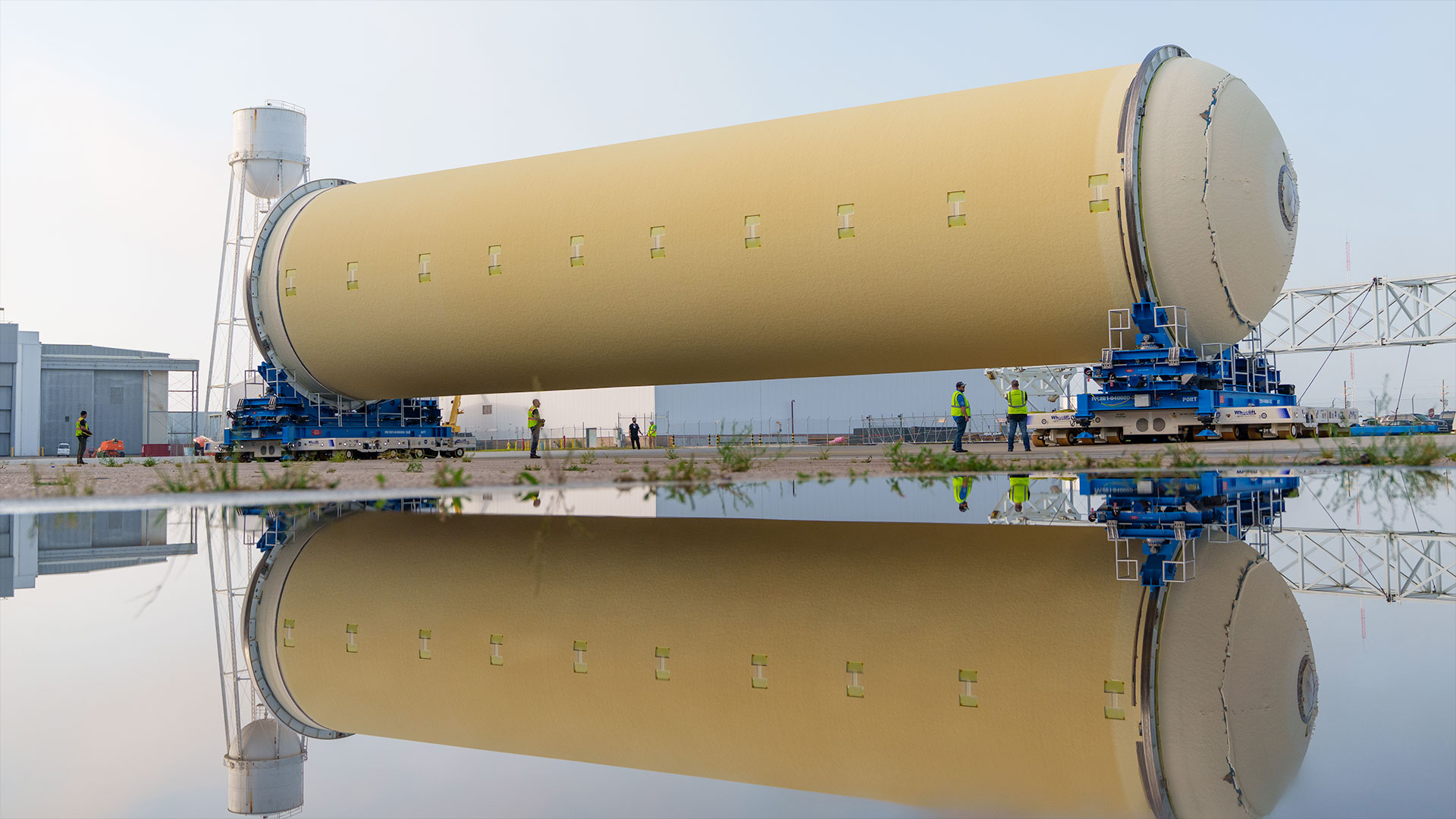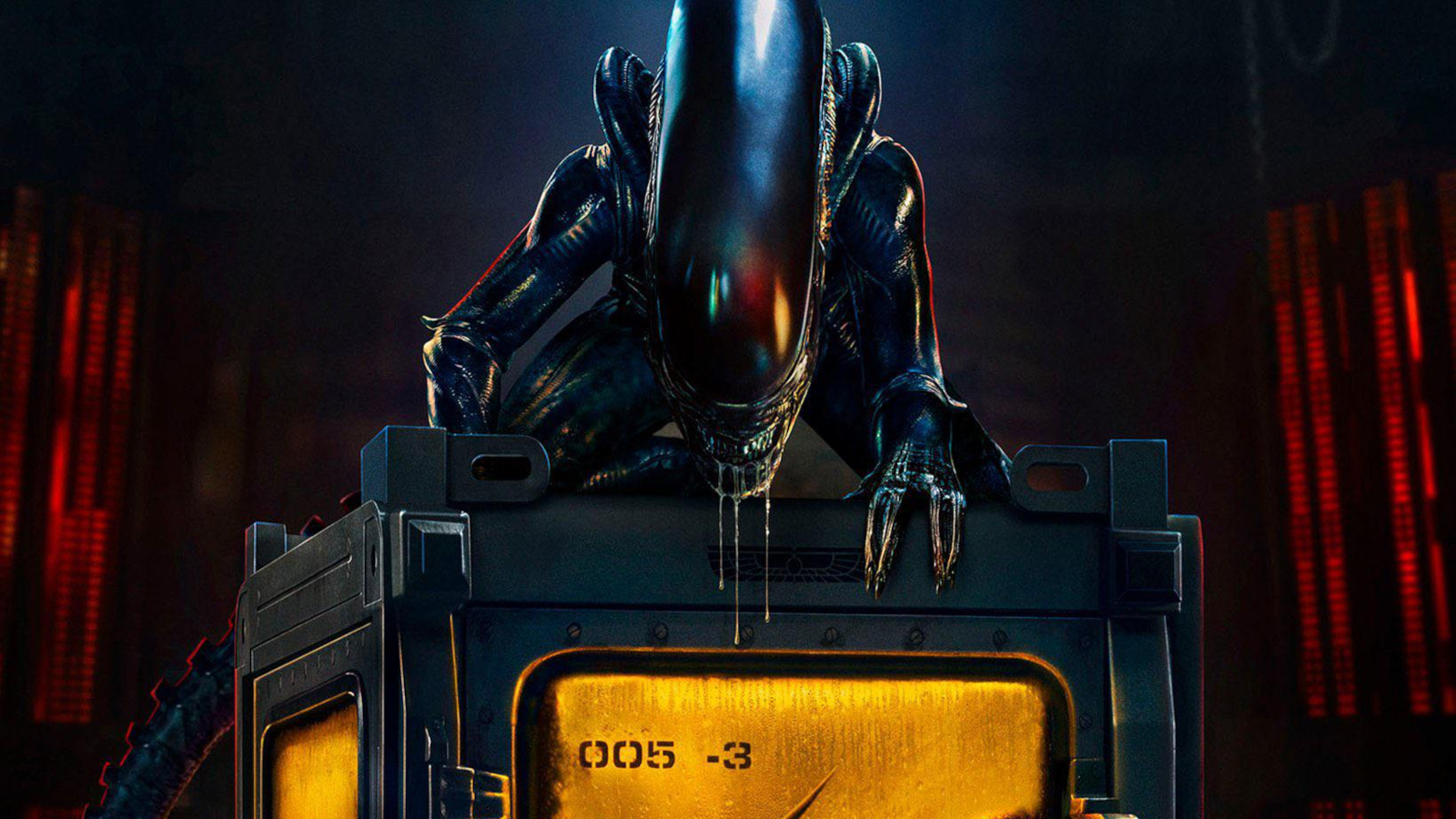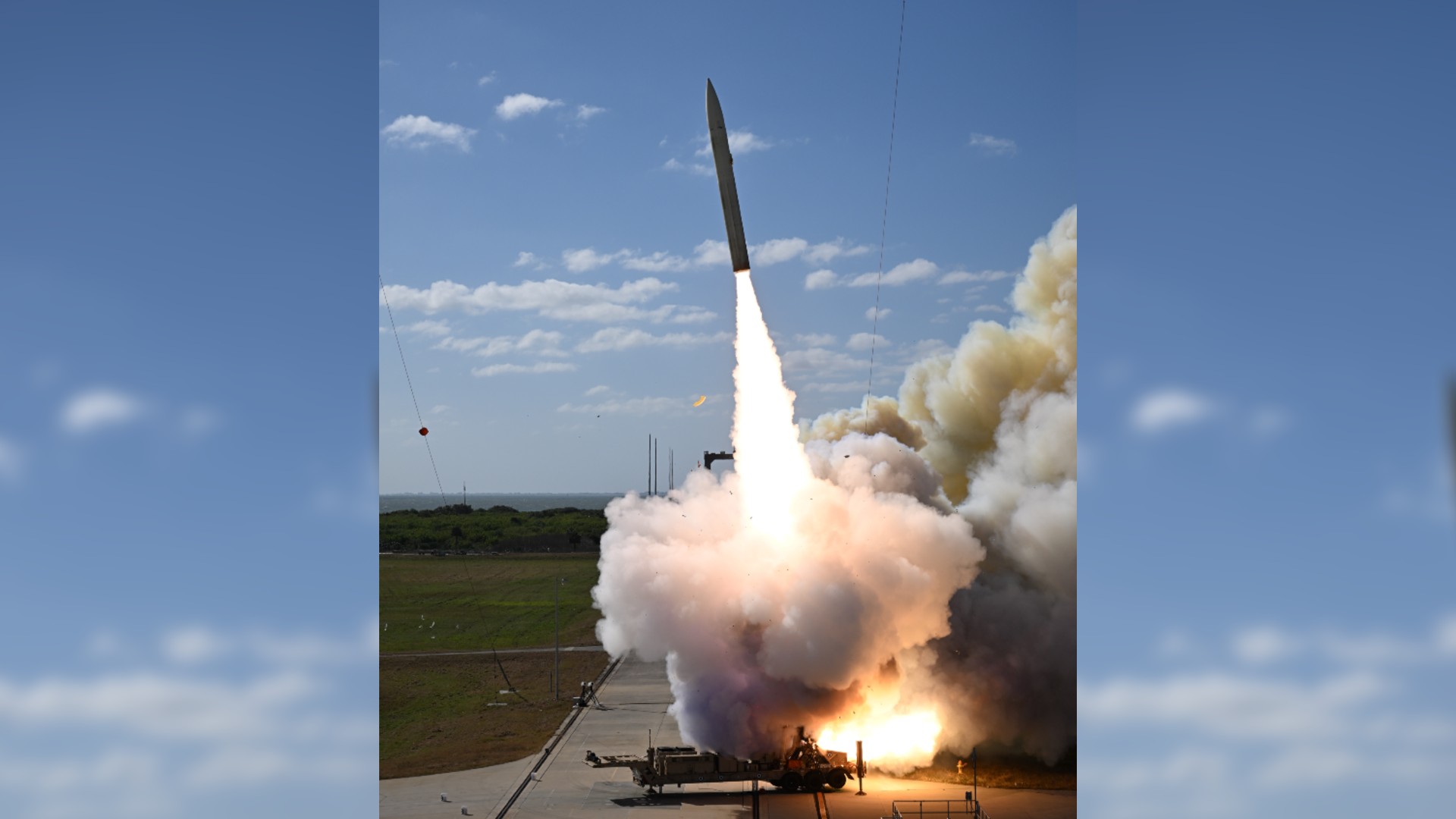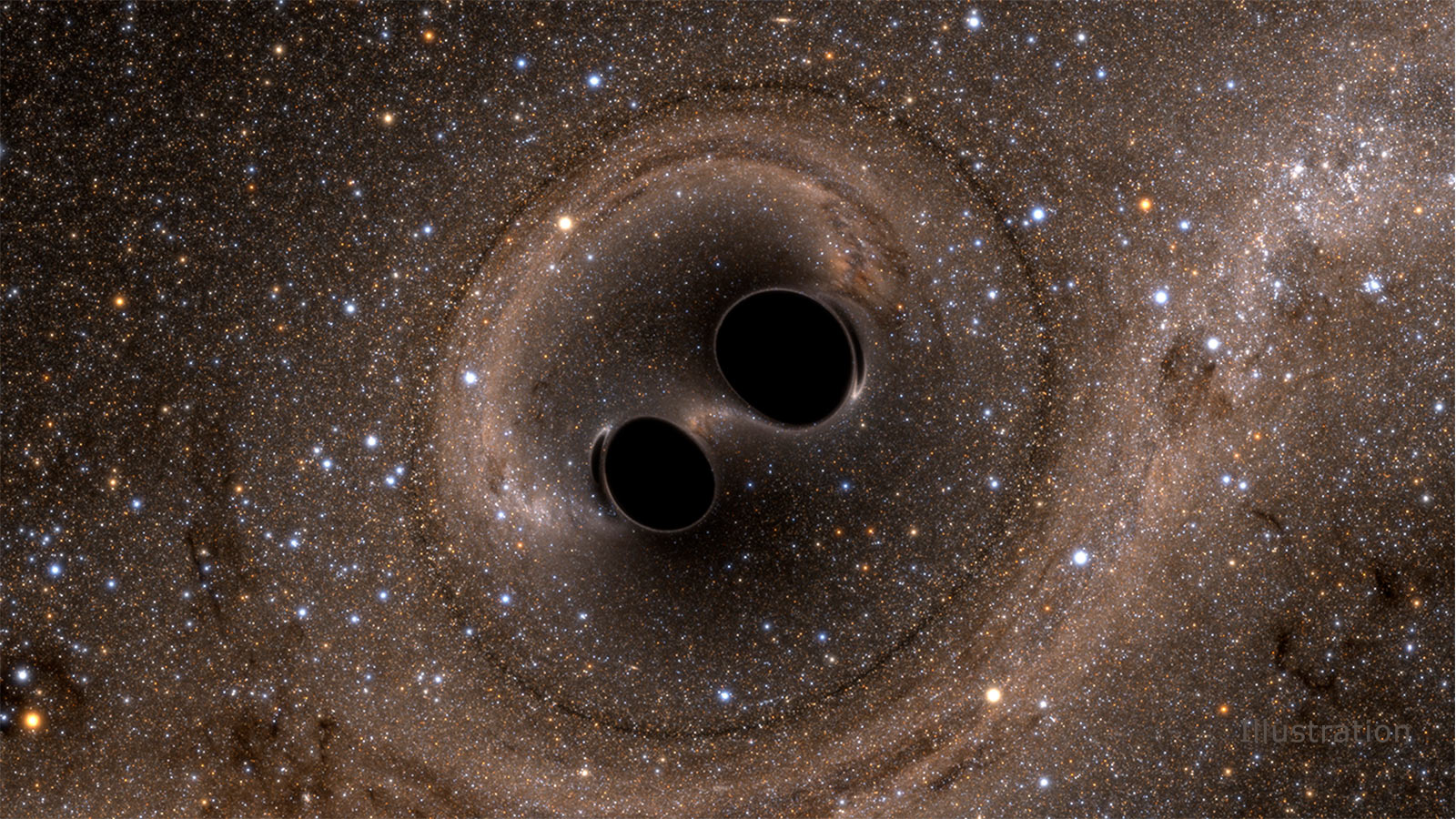
After SpaceShipTwo Tragedy, How Will Virgin Galactic Return to Flight?
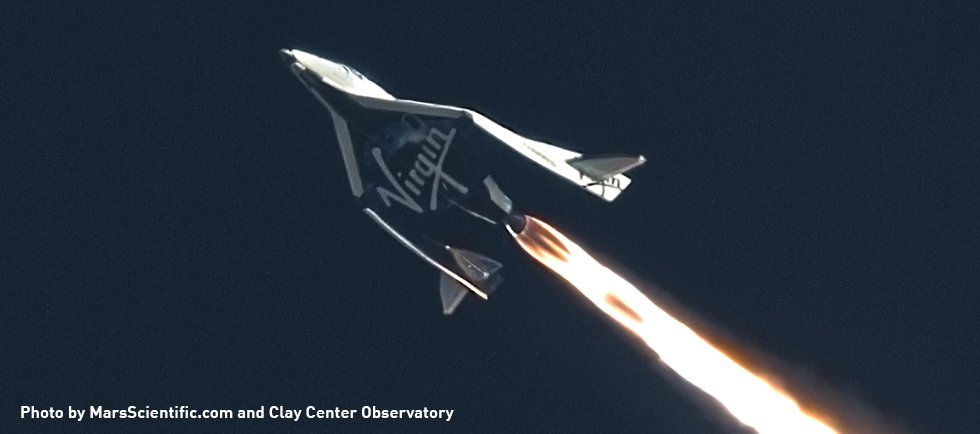
The fatal crash of a SpaceShipTwo space plane earlier this year sent shockwaves through the world of private space travel, but suborbital spaceship's builder Virgin Galactic is making strides to learn from the tragic accident and move forward.
The devastating SpaceShipTwo crash occurred on Oct. 31, when the space plane disintegrated in a test run, apparently due to a pilot error, with debris raining down on California's Mojave Desert floor. SpaceShipTwo co-pilot Mike Alsbury was killed in the failed test flight, with pilot Peter Siebold surviving the incident, but was seriously injured.
The in-flight breakup of SpaceShipTwo was caused by the premature deployment of the vehicle's novel "feathering mechanism" of its twin tail booms at too high of speed, a team of investigators from the National Transportation Board (NTSB) later found. [Virgin Galactic's SpaceShipTwo Accident Investigation in Photos]
The accident was a major blow to the momentum of Virgin Galactic, which was founded by British billionaire Sir Richard Branson in 2004 and hoped to launch its first manned suborbital spaceflights in 2015. SpaceShipTwo is designed to carry two pilots and six passengers on space trips for $250,000 per seat. Virgin Galactic hadtaken more than 700 reservations prior to the accident. Now, Virgin Galactic is working to complete its second SpaceShipTwo vehicle, even as the NTSB continues its investigation, which is expected to take about a year.
"It doesn't mean the end. It means that you have to pick yourself up and learn what you need to learn and keep moving," Virgin Galactic CEO George Whitesides said. "And that's what our team is doing."
SpaceShipTwo tragedy aftermath
In the wake of October's SpaceShipTwo accident, the Federal Aviation Administration delegated the follow-up investigation to the NTSB under a pre-arranged agreement, marking the first time the Board has led an investigation related to a spacecraft disaster. [NTSB Investigates SpaceShipTwo Debris (Video)]
According to the NTSB, which released a preliminary report on the crash last month, the co-pilot Alsbury, who was in the right seat of the craft, was the one who moved the lock/unlock handle of the feathering gear into the unlock position. Siebold would later tell NTSB investigators that he was unaware that Alsbury had unlocked the ship's the feather system early.
Get the Space.com Newsletter
Breaking space news, the latest updates on rocket launches, skywatching events and more!
"[Siebold's] description of the vehicle motion was consistent with other data sources in the investigation. He stated that he was extracted from the vehicle as a result of the break-up sequence and unbuckled from his seat at some point before the parachute deployed automatically," the NTSB report stated.
Post-accident focus

Virgin Galactic officials have said their first priority has been those affected by the SpaceShipTwo accident. That includes the ground team at Virgin Galactic's space at the Mojave Air and Space Port (where the test flight was conducted from), as well as at Scaled Composites, a company at the spaceport that built SpaceShipTwo and is testing the craft for vehicle for Virgin Galactic. [Virgin Galactic's SpaceShipTwo Accident Explained (Infographic)]
"On a top level, obviously, our number one concern is taking care of the families," Whitesides said. "So we're focused on that."
Whitesides told Space.com that Virgin Galactic is cooperating with the NTSB investigation. The test flight itself was conducted by Scaled Composites with Scaled pilots onboard, he said.
"It's an important distinction that some people are missing in the coverage," Whitesides said. "So family first, investigation next, and then the future third."
Scaled Composites also built SpaceShipOne, a smaller manned spacecraft that launched on two suborbital flights within two weeks in 2004 to win the $10 million Ansari X Prize for reusable commercial spacecraft.
Under construction: The next SpaceShipTwo
Meanwhile, Virgin Galactic is moving forward with work to complete its next spaceship.
"We are working day and night on that vehicle now. From a structural perspective, the vehicle is about 90 percent done, including the installation of landing gear and electrical harnesses," Whitesides said. "What remains is a number of internal systems. So we still have several months in front of us for that batch of work."
Virgin Galactic is "pretty close" to getting that second SpaceShipTwo airborne, Whitesides said, but he's not getting into dates for first flight.

As for the NTSB investigation, "we're all eager to find out what they conclude," Whitesides said. "I think that people are pursuing a rationale stance where they want to first hear what the NTSB investigation concludes."
Passenger hoping to fly
What has been the impact on those 700-plus customers that signed up with Virgin Galactic for a ticket to suborbital space at $250,000 per seat?
"We try to be as open as we can," Whitesides said. "On the order of 20 or so have asked for a refund."
Whitesides said that some initially wanted their money back, but then reconsidered after having conversations with Virgin Galactic about the future. "And we're grateful for them." [Rise of SpaceShipTwo: The Test Flight Photos]
And there have been a number of customers that have signed up in the time since the accident, Whitesides added.
"I wouldn't say that it's completely made up for the 20, but we are well on the way back to that number," he said.
The fact that more than 600 customers retained their reservations in the face of the Oct. 31 accident has been a welcome sign of support and dedication, Whitesides said.
"These are folks that are sticking with us who know it's hard to open a new frontier," Whitesides said. "That has been very encouraging for everybody inside the company."
Spaceport America: Ready and waiting
In terms of ripple effects from the SpaceShipTwo tragedy, the repercussions are also being felt at New Mexico's Spaceport America. As the first purpose-built commercial spaceport in the world, it was in full-speed prep stage to handle Virgin Galactic's commercial suborbital launch and landing operations.
The New Mexico Spaceport Authority is working closely with its tenants, Virgin Galactic and SpaceX, and other flight customers, in support of the commercial space industry.
SpaceX has been busily setting up facilities at Spaceport America to start flying its Falcon 9 Reusable rocket — an offshoot of the company’s Grasshopper vehicle that has repeatedly flown from McGregor, Texas. In 2013, New Mexico officials announced a three-year agreement to lease land and facilities to SpaceX at Spaceport America for the venture.
Pushing the boundaries
The sprawling launch complex is situated on 18,000 acres adjacent to the U.S. Army White Sands Missile Range in southern New Mexico. Spaceport America has provided commercial vertical launch services since 2006.
"All of us at Spaceport America are deeply saddened by the tragic mishap," said Christine Anderson, executive director of the New Mexico Spaceport Authority (NMSA). "Flight is incredibly challenging … from the early days of aviation to today’s quest for commercial space travel."
There will be setbacks, Anderson told Space.com. "It is an inevitable part of moving forward … pushing the boundaries of human achievement. We must learn from these setbacks and become better and stronger for them."
A slower spaceport pace
Anderson said that, prior to the mishap Spaceport America was in the process of ramping up to full operations in anticipation of Virgin's arrival at the complex.
"We are slowing that and ramping up our efforts on attracting new customers," Anderson said. "We are currently in active discussions regarding both aerospace and event opportunities. We have a great facility and many others share that view."
Anderson added that they are continuing to work with Virgin "but at a slower pace as they focus on building SpaceShipTwo, tail2. We look forward to their arrival at the spaceport."
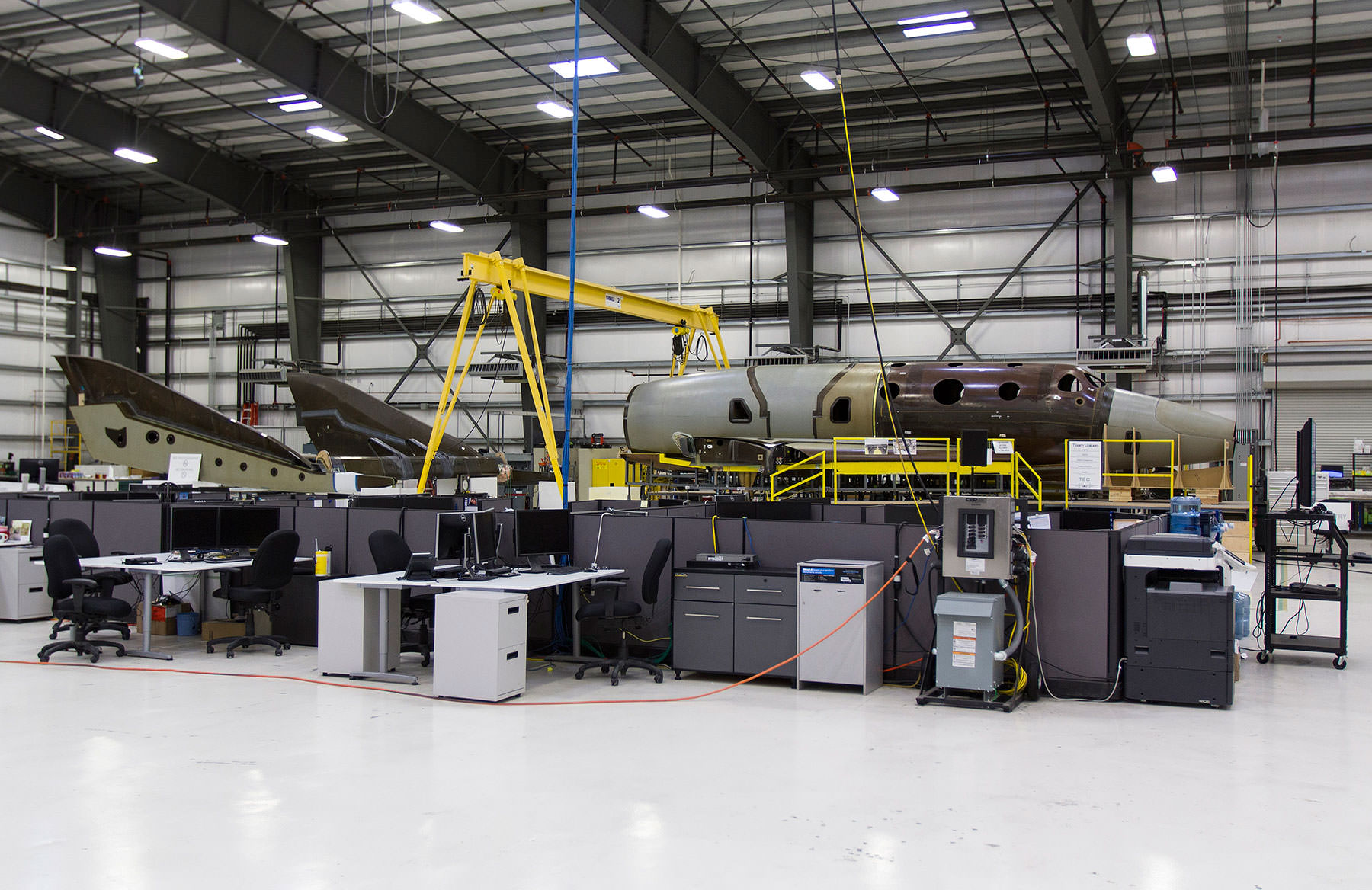
Another indicator of Virgin Galactic pressing ahead involves the company's LauncherOne, a dedicated orbital launch vehicle for small satellites. The private space company announced on Dec. 15 that Richard DalBello will become the group's vice president of business development and government affairs. He will also manage the company's interactions with the U.S. government.
Well known in Washington, D.C. space policy circles, DalBello was formerly assistant director for space and aeronautics in the White House Office of Science and Technology policy, and was a key contributor to President Obama's domestic and international space efforts.
Competition in the wings
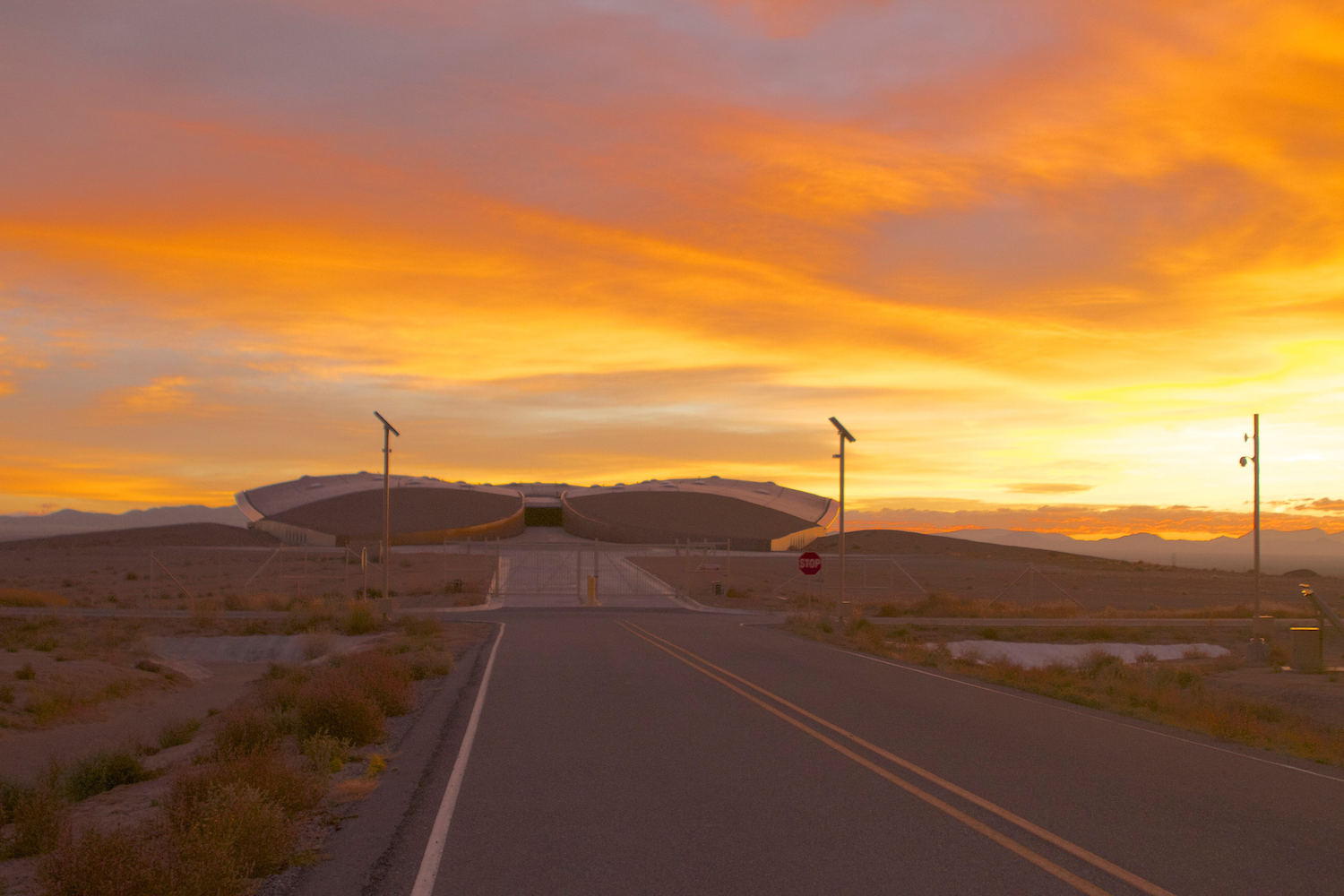
The significance of the mishap is also rattling through other suborbital providers, such as the Mojave-based XCOR Aerospace and its vessel, the Lynx space plane.
"We offer our heartfelt sympathy to our colleagues at Virgin Galactic for their loss," said Jeff Greason, XCOR's CEO and Chairman of the Board of Directors.
"This is a very difficult time for the entire commercial space industry as we are all saddened by the events. The NTSB has taken control of this investigation and it is appropriate that we defer to them on questions specific to the incident involving the SpaceShipTwo test flight," Greason told Space.com.
Specific to questions on XCOR and the impact of this incident on XCOR's program, Greason said "it has caused no delay to Lynx's development and we continue to make progress."
A different kind of space plane
XCOR's Lynx is a very different vehicle than SpaceShipTwo, Greason noted.
"We take off from a runway under rocket power, our liquid fueled engines allow us to test the engine hundreds of times before flight, and we use the wings for reentry in lifting flight," Greason said.
"At this point, we are still in the testing phase of our program and will continue to thoroughly test and retest our vehicle and its systems," he added. "Everyone at XCOR is committed to working towards opening space for humanity, remaining as committed to safety and rigorous testing as ever."
Congressional oversight
After a Dec. 2 briefing on the ongoing investigations of the recent Antares rocket failure and the SpaceShipTwo crash, House Science, Space, and Technology Committee Chairman Lamar Smith (R-Texas) and Space Subcommittee Chairman Steven Palazzo (R-Miss.) released a joint statement:
"The recent incidents were a sobering reminder that space exploration is an inherently risky undertaking. That is why we must take every opportunity to learn from these incidents as we move forward," the lawmakers stated.
Chairman Smith and Palazzo indicated their interest that the investigations be conducted in the most thorough, transparent, and independent manner possible.
"We will continue working closely with all relevant parties as these investigations progress," the lawmakers said.
The Committee will continue its oversight work with all entities involved once the two investigations are completed.
Leonard David has been reporting on the space industry for more than five decades. He is former director of research for the National Commission on Space and is co-author of Buzz Aldrin's 2013 book "Mission to Mars – My Vision for Space Exploration" published by National Geographic with a new updated paperback version to be released next year. Follow us @Spacedotcom, Facebook and Google+. Original article on Space.com.
Join our Space Forums to keep talking space on the latest missions, night sky and more! And if you have a news tip, correction or comment, let us know at: community@space.com.

Leonard David is an award-winning space journalist who has been reporting on space activities for more than 50 years. Currently writing as Space.com's Space Insider Columnist among his other projects, Leonard has authored numerous books on space exploration, Mars missions and more, with his latest being "Moon Rush: The New Space Race" published in 2019 by National Geographic. He also wrote "Mars: Our Future on the Red Planet" released in 2016 by National Geographic. Leonard has served as a correspondent for SpaceNews, Scientific American and Aerospace America for the AIAA. He has received many awards, including the first Ordway Award for Sustained Excellence in Spaceflight History in 2015 at the AAS Wernher von Braun Memorial Symposium. You can find out Leonard's latest project at his website and on Twitter.

